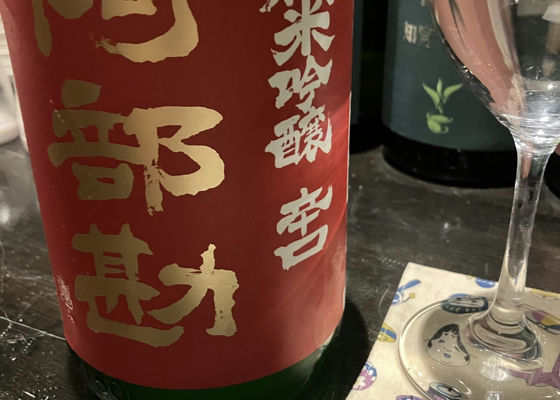
SakenowaRecord your sake experiences and discover your favorites
阿部勘Abekan
Flavor Chart®
A chart created from flavor analysis of user comments.

Flavor Tags ®
Tags generated from flavor analysis of user comments.
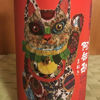
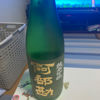
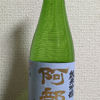
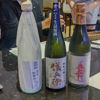
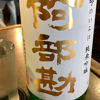
Popular Comments
The label is unexpectedly attached on two sheets.
The second one that I turned over,
The second label is a nice beckoning cat with both hands raised in the air.
The taste is mellow and autumnal,
The taste is mellow like an autumn sake with a fresh sweetness like a pear.
It is easy to match with meals.
Japanese>English
This was the first time I drank Abe-kan at home. The one I drank in the past was a special sake with a special kijoshu spec, so I don't think it was any different from the first time I drank it.
It is dry with a strong gassy and acidic taste. It is not that sweet, but it is easy to drink because of the sourness.
I don't think I've ever seen Abe-kan sold anywhere but Edion Namba.
Japanese>English
Brands from Abekan Shuzoten
AbekanShiki no Matsushima
Similar Brands
We analyze the flavors based on everyone's comments and select similar brands.
MeikyoshisuiSimilar Characteristics
Location
3-9 Nishimachi, Shiogama, MiyagiOpen in Google Maps
Timeline

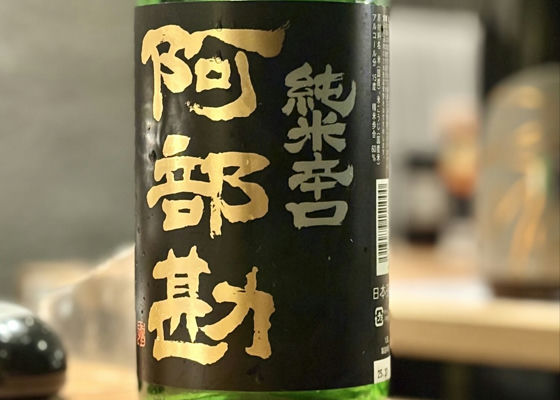
シカタロウ
Abe's account of the year-end party
Sake from Shiogama, Miyagi Prefecture.
The label typeface is rather traditional, but it has a sophisticated balance of umami and refreshing taste.
Japanese>English
Abekan純米吟醸 かすみ 生酒
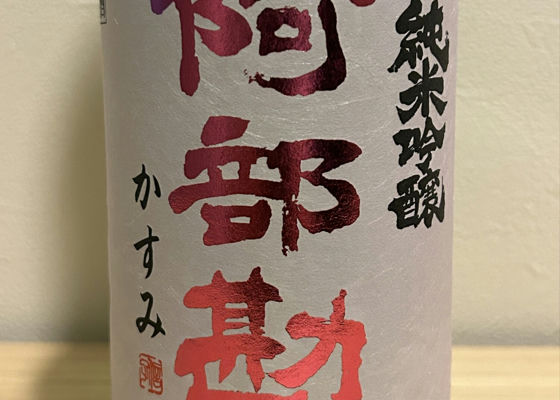
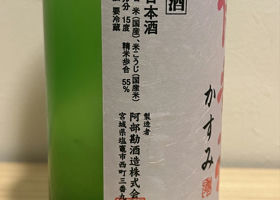
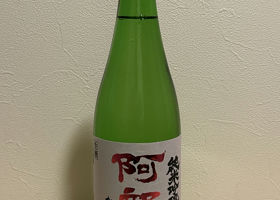
まっちー
Abekan's seasonal sake.
It has a sour and umami taste with a light nigori that complements the sweetness. Easy to drink and very tasty😋.
100% domestic rice
Polishing ratio 55
Japanese>English
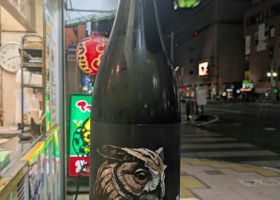
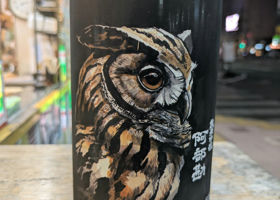
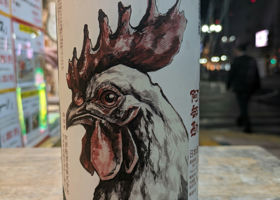
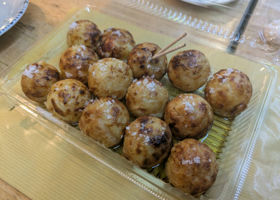
いのしん
Mild ginjo aroma and mild flavor
A mild sake to cleanse your palate after oily octopus dumplings.
It is a sake to drink at a leisurely pace.
Takoyaki with olive oil as a side dish
Japanese>English
はなぴん
Hi Inoshin. I'm not sure what to say 🙂 ...
Olive oil in takoyaki! 😋
I have not tried it, but I was curious.
I would like to try it. 😁.
Is it just olive oil?
Japanese>English
いのしん
Thanks for your comment, Hanapin 😊.
I think it had olive oil and a little rock salt on it! It was pretty good. ✨️ Please give it a try!
Japanese>English
はなぴん
Thank you😊
Rock salt it is! 🤩
I will try it 😋.
Japanese>English
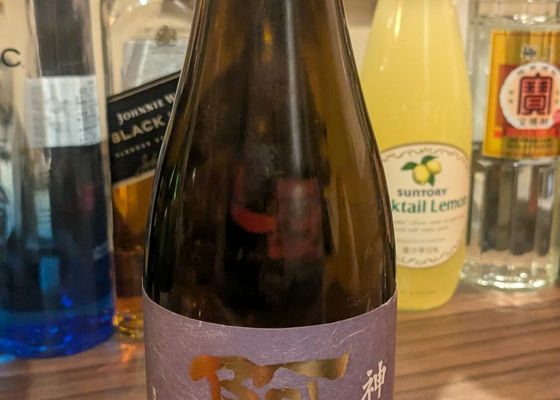
didi
Long-term low-temperature ripening
Chinese>English
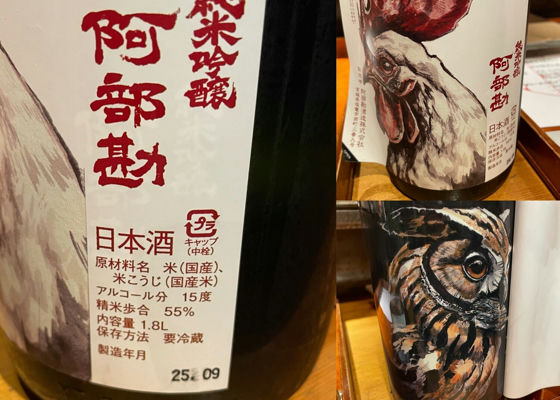
Abekan純米吟醸 亀の尾

金色のリンゴX
It is fresh, clean and tasty with a gentle flavor.
Japanese>English
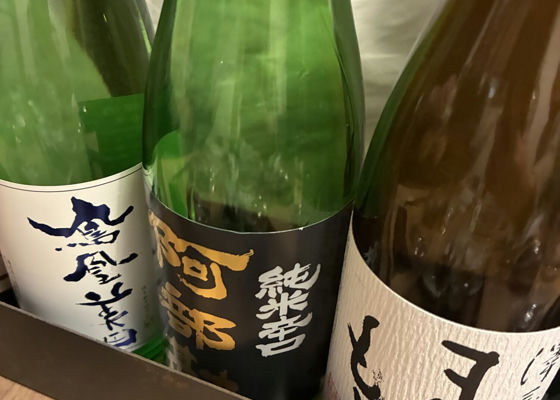
はるか
6

ひなち
★★★★☆
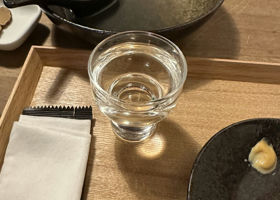

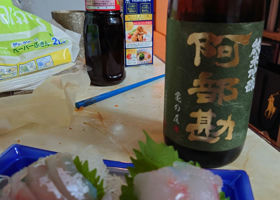
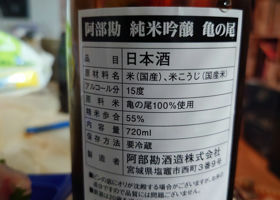
かっしー
I bought this when I went to Shiogama for sushi.
It's not too sweet and refreshing, so it goes well with sashimi!
Japanese>English

しんげんもち
I've never seen anything that goes with tempura, and I've never seen a rice wine apple before!
Japanese>English

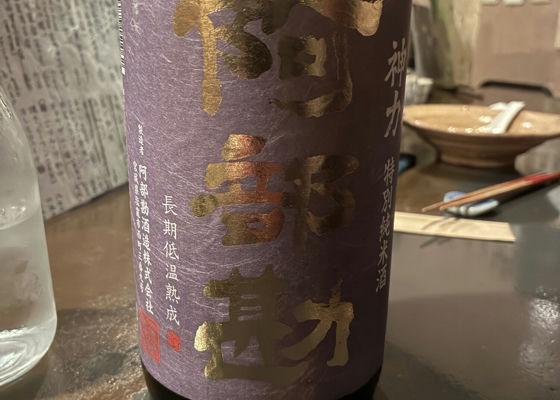
miuta_takashi
スモーキー
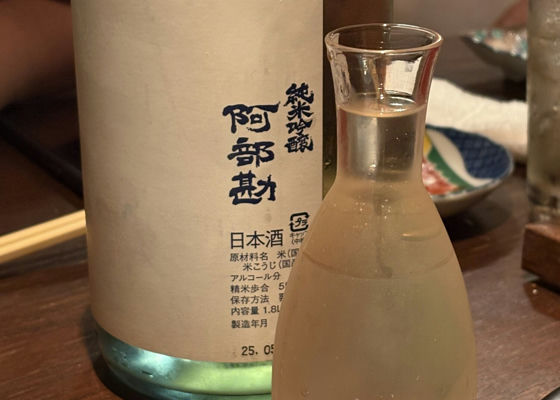
れいれい
I got the impression that the men preferred it.
Japanese>English
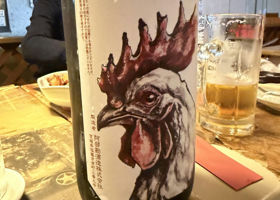
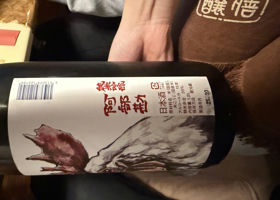
カワニシ
Sake that is more refreshing than sake. It has little aroma but a slightly sweet aftertaste. It does not interfere with the taste of food.
Japanese>English

ODG
A clear, dry sake that is typical of Abe-kan! Delicious 😋.
Japanese>English


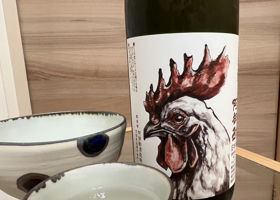
三日月🌙
One of my favorite drinking buddies gave me a bottle as a gift 🍶.
It has a light sweetness on the first sip, but then the taste changes dramatically in the mouth and is very sharp and delicious, and I love it!
By the way, this sake...
The label is a playful double-layered contraption with a chicken (first label), a symbol of good omen that heralds the dawn, and an owl (second label), symbolizing the dawn of discovery.
These two birds symbolize the wish to "catch" good omens.
We hope you will feel the peacefulness of resting your wings,
We hope you will feel the peacefulness of resting your wings, and we hope you will share this sake with others while strengthening your bonds.
We hope that you will feel the peace of resting your wings and share this sake with others while strengthening your bonds.
I look forward to adding the label to my 🏷️ collection after I finish drinking it!
Japanese>English